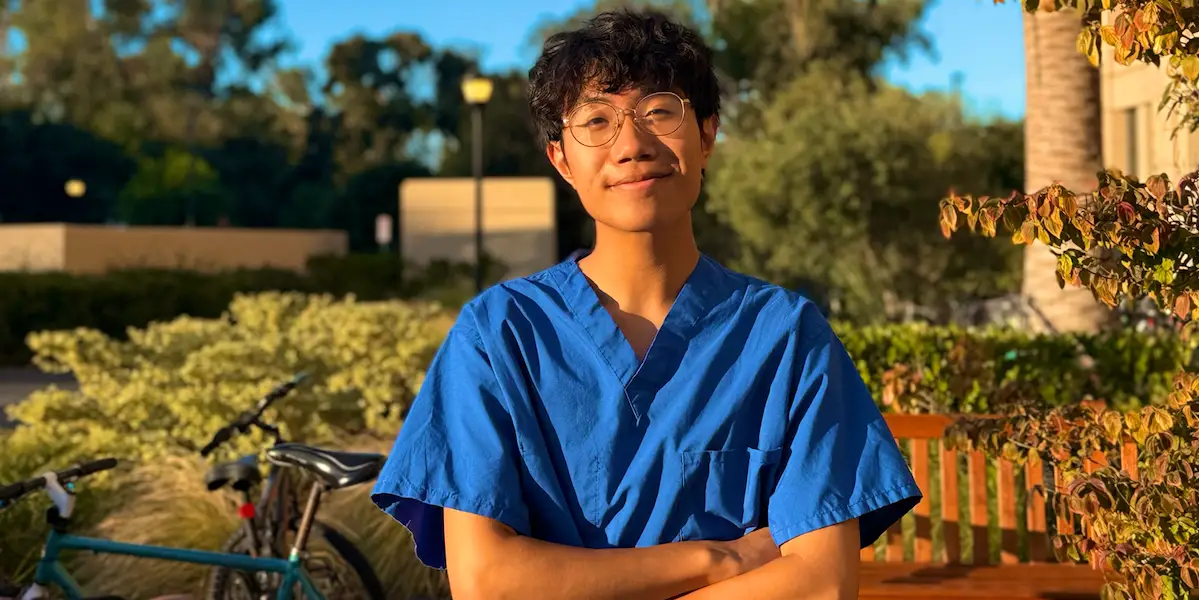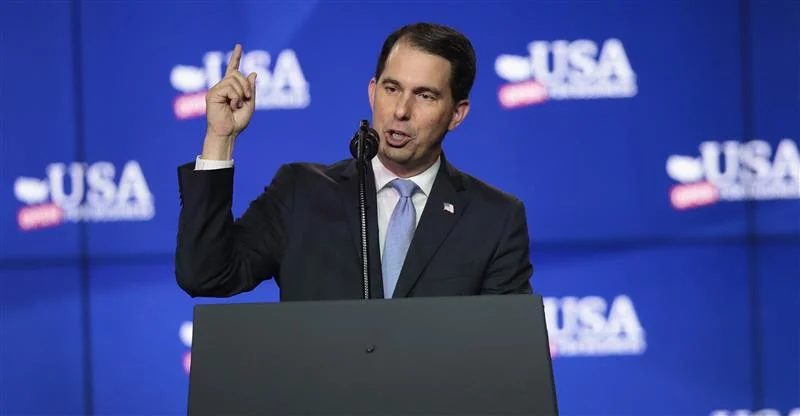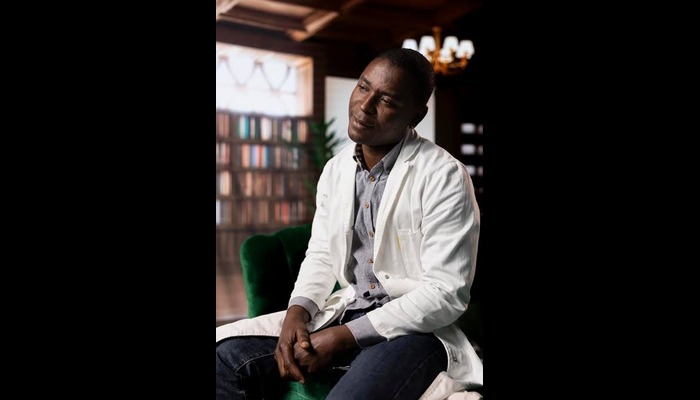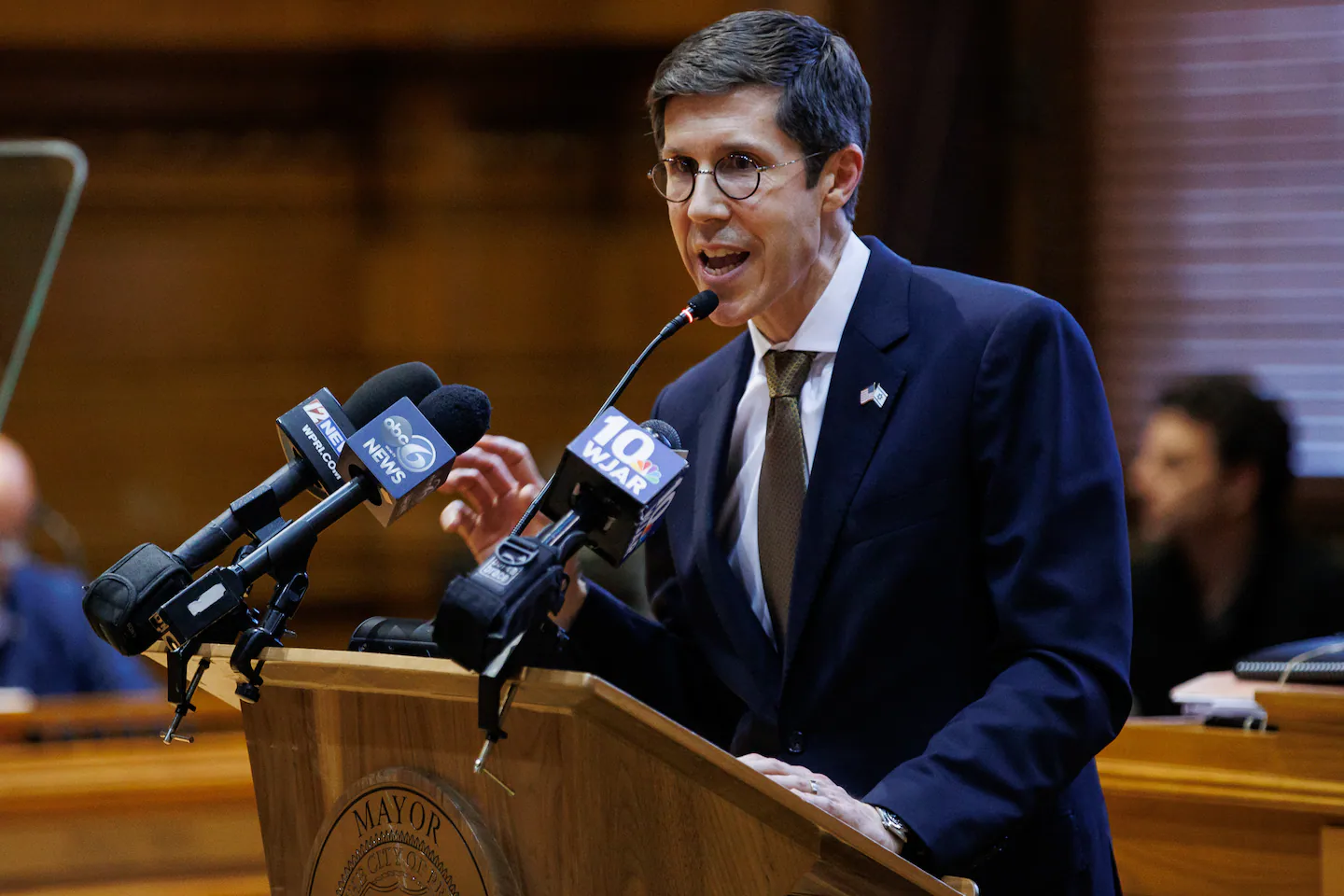
Over the weekend, after a lovely spontaneous trip to the beach, about a dozen of us gathered in a communal kitchen for a meal prep potluck.
The idea was simple: everyone brings a dish and tupperware to take home a little of everyone else’s cooking — enough food to last us for the entire week. I made roasted broccoli with garlic and fava beans. It turned out to be a lavish feast.
Within my medical school class, sharing meals, cooking together, and taking care of each other have become a welcome constant in our schedules.
I was at the medical center from 9:30 a.m. to 9 p.m., starting with two genetics lectures in the morning before transitioning into Practice of Medicine.
POM is a course designed to help both medical and physician-assistant students apply scientific concepts to real-world clinical care.
POM emphasizes that a patient’s ZIP code matters just as much as their genetic code when it comes to healthcare, if not more.
We spent the rest of the day beginning the certification process for QPR suicide prevention training, a reminder of the more sobering side of medicine.
All the students in the room remained quiet as we examined the cadaver. I realized how profound a privilege it is to work with a donor body.
My TA told us about an annual donor ceremony in November, and how, at last year’s event, a donor’s daughter shared her mother’s story: an immigrant who had never had access to higher education. When the mother learned she was eligible to give her body through Stanford’s Anatomical Gift Program, her daughter remembered her mother saying, “I made it to Stanford. I finally made it to college.”
After lab, I attended a biweekly student government meeting, where I discussed upcoming events and budgeting with the other officers. I also planned a party for two classmates with September birthdays.
I started the morning reading from Han Kang’s “The Vegetarian.” By mid-morning, the sky had opened up in a rare California downpour — the first since I arrived.
While waiting for the rain to pass, I attended a meeting for Flu Crew, a student-run organization that provides free flu and vaccine shots to mostly uninsured and non-English-speaking members of the community.
Later, I scootered across campus to a research meeting on cystic fibrosis. I wrapped up my genetics problem set and discussed my results with a classmate before heading to a boba social hosted by the Asian and Pacific Islander medical student association.
Thursday’s cadaver lab focused on identifying the nerves, vessels, and muscles in the armpit region.
When classes ended, I carved out some time to unwind. I headed downtown with a friend, window-shopped, and grabbed groceries. Back home, I did laundry so I could have fresh scrubs for the coming week.
In the evening, a friend and I enjoyed our dinner near the Stanford Oval, a sunken lawn with stunning flowerbeds and walkways open to the public.
After a morning genetics lecture and lunch with my advising dean, I went to the day’s POM session, which focused on health equity from a disability lens. We worked through clinical cases that pushed us to consider ethical considerations in the care of patients with disabilities.
The day wrapped up with an honest, heartwarming panel of patients and providers sharing their experiences navigating disability healthcare.
At our white-coat ceremony back in August, an event that marks the beginning of a medical student’s journey, I found myself missing my own family 3,000 miles away.
However, it brought me indescribable joy watching the way my classmates looked at one another, at their families, and at the people who showed up for them. There was this quiet but powerful potential brewing among the crowd.
That feeling doesn’t have to fade, and I want to protect it during my next four years in medical school.



